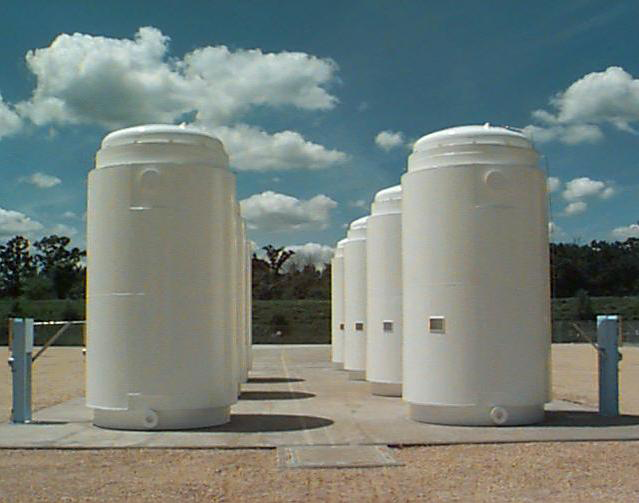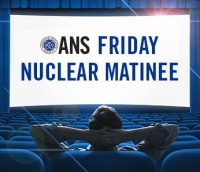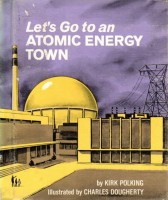
Used nuclear fuel storage; photo courtesy Oak Ridge National Laboratory, a division of the US Department of Energy
An interesting session at the ANS 2016 Annual Meeting, sponsored by the Fuel Cycle & Waste Management Division, saw the presentation of a number of interesting papers relative to the ever-increasing problem of used nuclear fuel at the various commercial nuclear plant sites in the United States. Not only does the used fuel (which is a far better term than "spent fuel," these days, since it can conceivably be reused) continue to accumulate at the nuclear plants, but there is also a considerable amount of used fuel being stored at various sites where the nuclear plants have actually been shut down, decommissioned and completely removed for years. Considering this, and the need to inventory, characterize and eventually move this material, a growing amount of interest is being shown in this field.




 The third day of National Nuclear Science Week is focused upon the production of energy by nuclear means-and that means energy that can do work for man. Electric power, steam for heating businesses and homes, and mechanical power for propelling ships are perhaps the best known examples of man's use of nuclear energy.
The third day of National Nuclear Science Week is focused upon the production of energy by nuclear means-and that means energy that can do work for man. Electric power, steam for heating businesses and homes, and mechanical power for propelling ships are perhaps the best known examples of man's use of nuclear energy. In February, the U.S. Department of Energy
In February, the U.S. Department of Energy 
 The US Department of Energy has a $452 million program to share development and licensing costs for selected small modular reactor (SMR) designs. The DOE's goal is to have an operating SMR
The US Department of Energy has a $452 million program to share development and licensing costs for selected small modular reactor (SMR) designs. The DOE's goal is to have an operating SMR  Several important events have recently occurred involving the U.S. Nuclear Regulatory Commission, the Yucca Mountain nuclear waste repository, and the interactions between the two.
Several important events have recently occurred involving the U.S. Nuclear Regulatory Commission, the Yucca Mountain nuclear waste repository, and the interactions between the two.